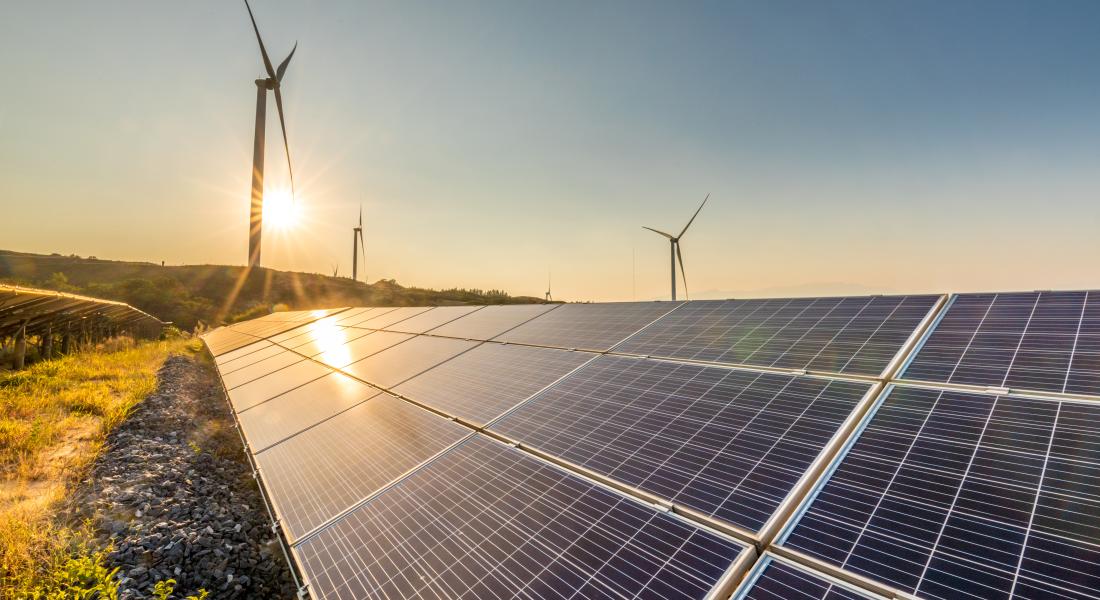PV systems: increasing efficiency and profitability

PV systems: increasing efficiency and profitability
More and more companies are looking for ways to reduce their carbon footprint whether due to legal or regulatory obligations, pressure from partners or (end) customers or because they are aware of their social responsibility to protect the climate.
A photovoltaic system to generate their own electricity is an extremely sensible measure for many companies. This is especially true if there is usable (roof) space available and the greatest demand for electricity falls largely during the hours of sunshine. The more of the self-generated solar power is consumed, the faster the PV system pays for itself.
With a photovoltaic system, companies benefit from
- Low energy costs in the long term
- Independence from price fluctuations on the electricity market
- the ability to cover the increasing demand for electricity resulting from the electrification of consumers in the context of decarbonization
- Improvement of the carbon footprint
- Improved image
- Strengthening their competitiveness
Despite all the advantages, however, a photovoltaic system must also be cost-effective. Two factors are decisive for this:
- efficient operation of the solar system
- A high self-consumption rate of the solar power
Increase the yield of the PV system
Photovoltaic monitoring helps to ensure the optimal operation of a solar system. It records the relevant energy generation data and can thus help to ensure that all components of the PV system work optimally and that the solar power is fed into the grid in a grid-compliant manner.
Companies can get even more out of their solar system with our econ4 energy management software and econ peak for dynamic load management.
Energy management software as a data hub
With numerous interfaces for integrating various data sources, econ4 is a true data hub for energy management and energy efficiency. This is because the more energy-related data flows into it, the more insights companies can gain from it. This includes an API interface for photovoltaic monitoring from Meteocontrol, but econ solutions can also integrate an interface to monitoring tools from other providers on request. This allows econ4 to visualize the data from the PV monitoring as well as the energy data.
In addition, data from the German Weather Service (DWD) is incorporated into econ4 so that users can not only see at a glance how much electricity the solar system is supplying, but also whether the solar power generated matches the number of hours of sunshine. If the PV system is supplying less electricity than usual for the weather conditions, this is an indication that the PV modules are dirty or the inverter is no longer working. Restrictions in the generation of self-generated electricity are thus quickly identified and can be rectified promptly. The result: always the maximum possible amount of solar power.
Further increase economic efficiency
This can be supplemented by the Maximum Controller econ peak. It monitors all relevant electricity meters, consumers, energy generation and storage systems and controls them dynamically depending on the current consumption situation. As a result, it can significantly increase the solar system's self-consumption rate.
For example, it automatically reduces the output of the PV system on a production-free weekend with many hours of sunshine. If an ice store is available, it is switched on to store the energy generated.
If, on the other hand, numerous machines and appliances are running or many electric vehicles are charging while the solar system is only generating a small amount of electricity, the econ peak reduces the loads that are not urgently needed at this time or switches them off briefly. Charging points for electric vehicles can also be dynamically regulated. Which machines or devices or charging points are suitable for this can be individually set in detail.